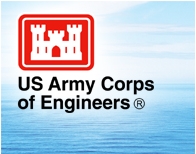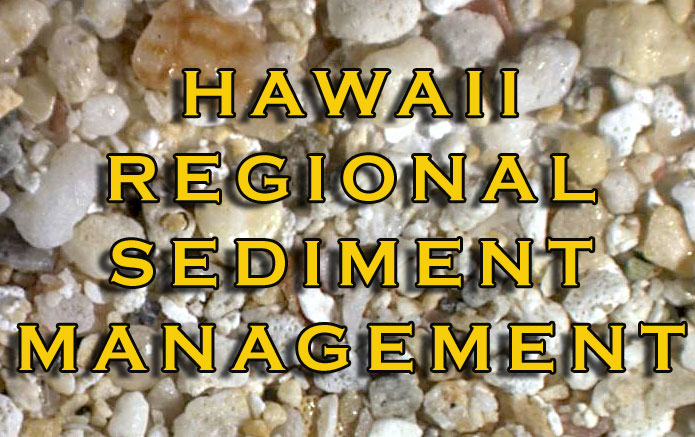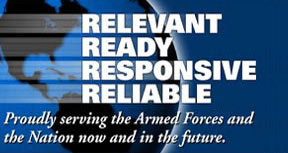M2M RSM Fact Sheet
FACT SHEET
Southeast Coast of O'ahu, Hawai'i
Regional Sediment Management
Operations and Maintenance, General
PROJECT NAME AND STATE: Mokapu to Makapu'u (formerly Southeast O'ahu) Regional Sediment Management (RSM) Demonstration Project, O'ahu, Hawai'i
DESCRIPTION OF ADDED WORK INCLUDING SOURCE: Conference Report on Consolidated Appropriations Act 2005. Regional Sediment Management Demonstration Program -- "The conferees have provided $2,500,000 for this program. Within the funds provided, $500,00 is for the southeast coast of O'ahu, Hawai'i and $1,000,000 is for the Littoral Drift Restoration Program, Washington".
AUTHORIZATION: Section 516 of the Water Resources Development Act of 1996.
RELATIONSHIP TO EXECUTIVE BRANCH POLICY: This work is consistent with Administration policy.
SUMMARIZED FINANCIAL DATA:
|
Study |
|
| Estimated Federal Cost | $1,289,800 |
| Estimated Non-Federal Cost | $0 |
| Total Estimated Cost | $1,289,800 |
| Allocation through FY2004 | $39,800 1/ |
| Conference Amount for FY 2005 | $500,000 |
| Allocation for FY 2005 | $500,000 |
| Budget Request for FY 2006 | $0 |
| Balance to Complete After FY 2006 | $750,000 |
1/ Reimbursable funds provided by ERDC to the Honolulu District
ISSUES AND OTHER INFORMATION: The RSM program goals are development of tools and knowledge necessary to understand the effects of sediment management actions at both local and regional scales. The program is managed by the Engineer Research and Development Center (ERDC), which is part of the U.S. Army Corps of Engineers. The southeast coast of O'ahu, Hawai'i is an excellent site to determine the nature of random loss/gain of sand, shoreline recession/accretion and the general nature of littoral transport considering the important recreation and economic impact to the area.
RECOMMENDED IMPLEMENTATION PLAN FOR ADDED WORK: Funds would be used to initiate coastal engineering investigations and computer modeling for this study to (1) document long-term trends in wave climate, (2) develop a regional sediment budget and a Geographic Information System (GIS) for three interconnected littoral cells within the region, (3) identify suitable sand sources, and (4) develop/calibrate a sediment transport model for the southeast coast of O'ahu, Hawai'i. Contingent upon the full funding of this three year study effort, final products are to include a sand source inventory, regional sediment management plan, and a web-enabled GIS platform for the Southeast O'ahu Region, Hawai'i.
DATE: 2004


